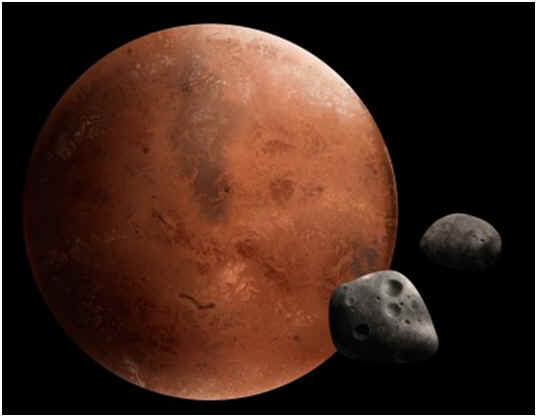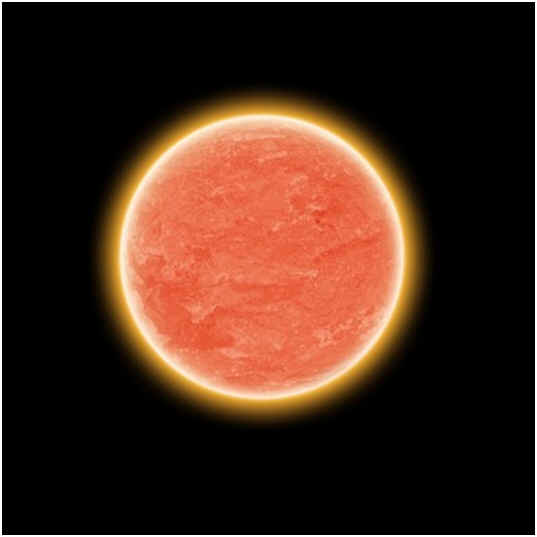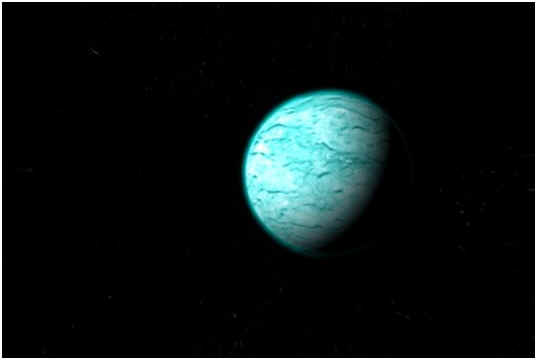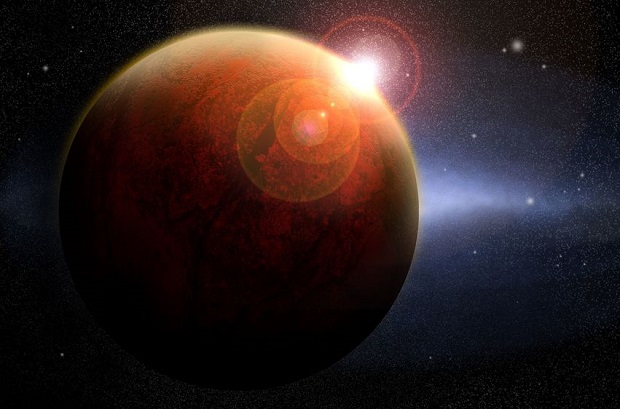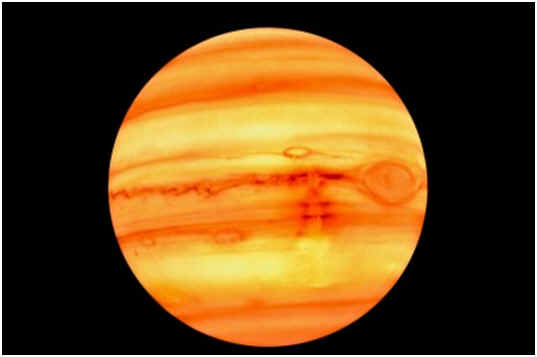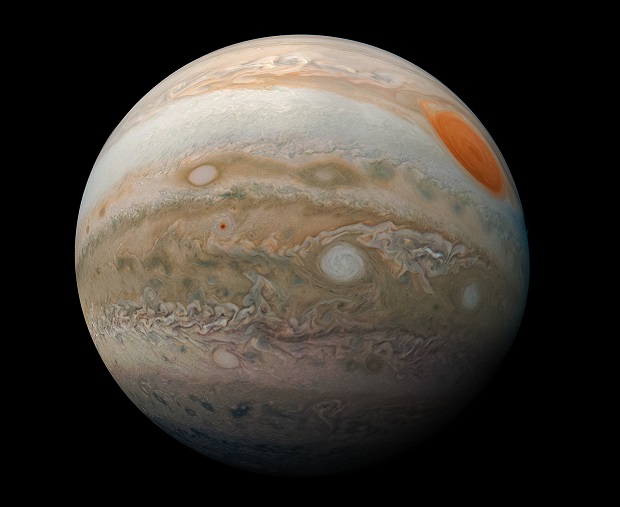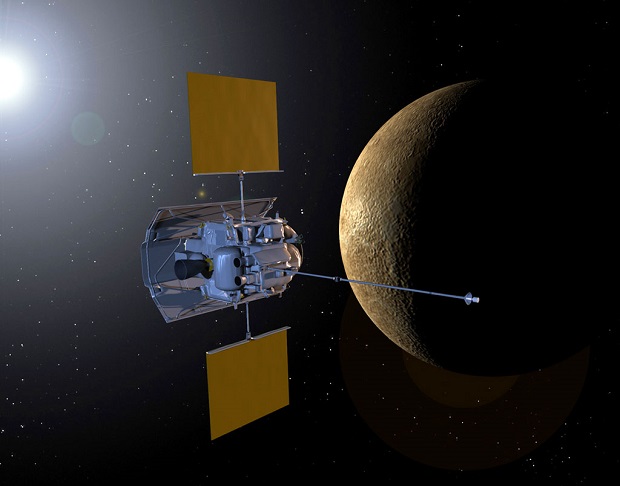
Photo Credit: NASA
Can Mercury Support Life?
Mercury can not support life as we know it. Scientists tend to agree that Mercury has never contained life. According to NASA, Mercury’s conditions would not support life as we know it because of the extreme temperatures ranging from -180 to 430 degrees Celsius (-290 to 800 deg F). However, Mercury contains at least some of the factors necessary for life.
Mercury’s Surface
Mercury’s axis has a tilt of only about one degree, so sunlight does not reach inside deep craters. Due to the thin atmosphere, heat is not easily retained on the surface. Mercury has ice water inside these deep craters at extremely cold temperatures but no liquid water. The large quantity of water ice, at least 100 billion tons, is believed to come from meteors that landed on Mercury’s surface.
Mercury’s Atmosphere
The atmosphere contains oxygen but not in sufficient quantities to support life. Most of Mercury’s thin atmosphere is made up of carbon dioxide. The atmosphere offers little protection from meteors, and the surface of Mercury is covered with craters. If life ever existed on Mercury, it would have suffered many extinction events from these impacts, similar to Earth’s dinosaur extinction.
Factors Necessary for Life
In addition to water ice, scientists believe Mercury’s surface contains organic material, which probably came from comets and meteors. While the water and organic material are unlikely to ever lead to life on Mercury, it suggests that the elements necessary for life may also be present elsewhere in the solar system.
